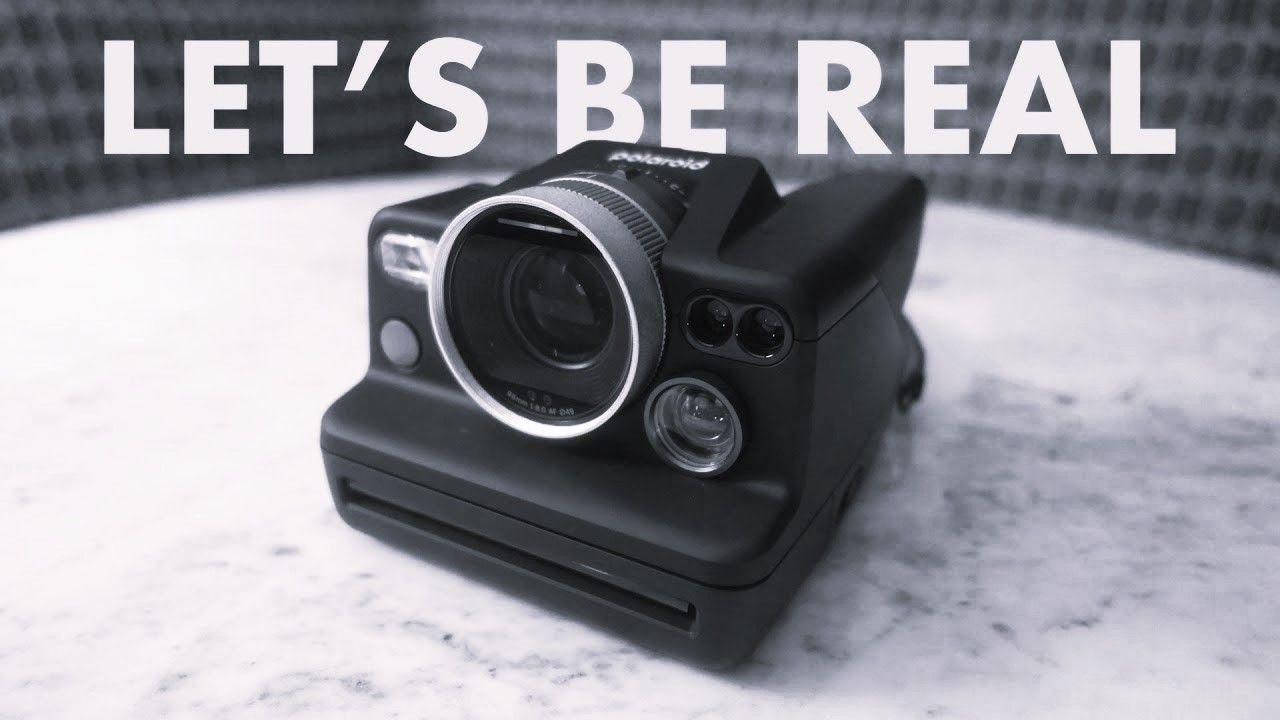
Photo taken by Double Negative
Key Takeaways
The Polaroid I-2 camera is expensive, costing around $600, with film packs adding to long-term costs.
Its bulky and heavy design makes it less portable compared to other instant cameras.
The limited aperture range impacts its performance in low light conditions and depth of field.
Weak flash performance poses challenges for indoor photography.
Complicated manual controls may be difficult for beginners to master.
My opinion changed recently when I brought it to a client shoot. I was shooting street-style photography for an editorial client, using both a film and digital camera. The beauty of this camera lies in how easy it is to use. In aperture priority mode, I only needed to control the aperture setting while the camera took care of everything else, including focusing. I simply looked through the display, pointed at my subject, and every time, the focus was spot on, even when shooting backlit subjects. Despite using expired film, the camera delivered the quality I was looking for. I highly recommend this camera for its reliability and ease of use. However, there are some things about it that I don’t like.
Despite its promising features, the I-2 has its fair share of drawbacks that cannot be ignored. This article delves into the disadvantages of the Polaroid I-2, shedding light on why some users might find it frustrating. It’s possible that I may have received a defective unit, so please consider that my experience with the Polaroid I-2 camera may not be representative of all devices. If you’ve encountered similar issues, please share in the comments. Read this article for full camera review Is Polaroid I-2 The Best Instant Camera? My Review &Phots
1. Screen Visibility Issues
One of the major complaints about the Polaroid I-2 is the difficulty in seeing the screen during daylight. This makes it hard to adjust settings and compose shots accurately. The camera relies on its light meter to inform users of the correct exposure, but the poor screen visibility can lead to incorrect settings, resulting in overexposed or underexposed photos.
2. Frequent Jamming
A significant issue with the I-2 is its tendency to jam. Users have reported multiple instances where the camera tried to eject two photos simultaneously, leading to a complete jam. This not only ruins the current shot but also throws off the film counter, making it impossible to use the remaining shots in the pack. This kind of malfunction is especially frustrating considering the high cost of both the camera and the film.
3. Inconsistent Auto Mode Performance
While the I-2 offers manual controls, its auto mode has proven to be inconsistent. In various lighting conditions, especially outdoors, the auto mode often overexposes images. This inconsistency forces users to rely heavily on manual mode, which can be time-consuming and may not suit everyone’s shooting style.
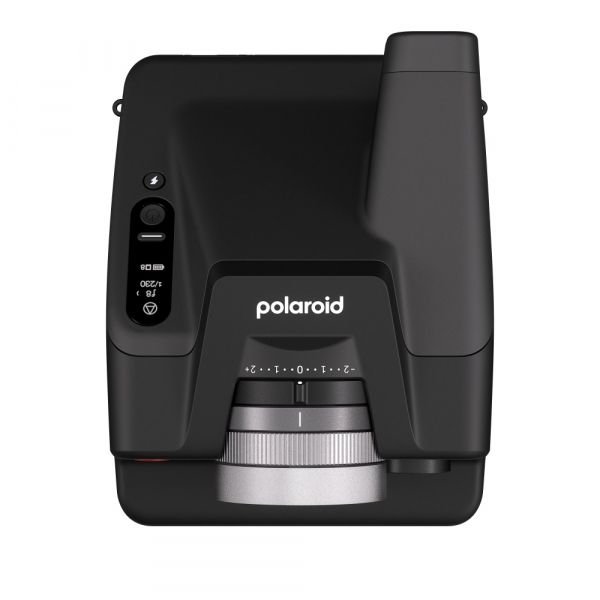
4. Plastic Lens
Despite the camera’s premium price, the lens is made of plastic. This has been a point of contention among users who expect a more robust build quality for such an expensive device. Although the lens is reportedly sharp, the use of plastic undermines the perceived value and durability of the camera.
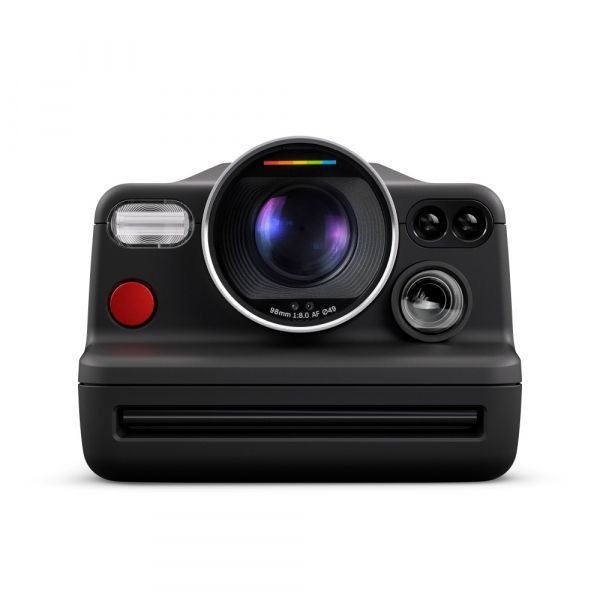
5. Non-removable Battery
Another significant drawback is the non-removable battery. For a $600 camera, one would expect the convenience of swapping out batteries during extended shoots. The I-2 must be charged via USB-C, and Polaroid has not provided clear information about battery serviceability or replacement options, raising concerns about the camera’s long-term usability.
6. Slow and Unreliable Light Meter
The camera’s light meter, which plays a crucial role in exposure settings, is slow to respond and often unreliable. Users have reported that it takes a considerable amount of time for the light meter to stabilize, during which the exposure settings can change unexpectedly. This can be particularly problematic in dynamic shooting environments.
7. Limited Shutter Speed Range
The I-2’s shutter speed maxes out at 1/250th of a second, which may not be fast enough for all shooting conditions. Users have expressed a desire for a faster shutter speed to better control exposure in bright settings, something the I-2 currently lacks.
8. Film Quality Control Issues
Quality control issues with Polaroid film further exacerbate the frustrations with the I-2. Users have reported receiving film packs with missing components or film that fails to eject properly. These issues lead to wasted shots and add to the overall cost and dissatisfaction.
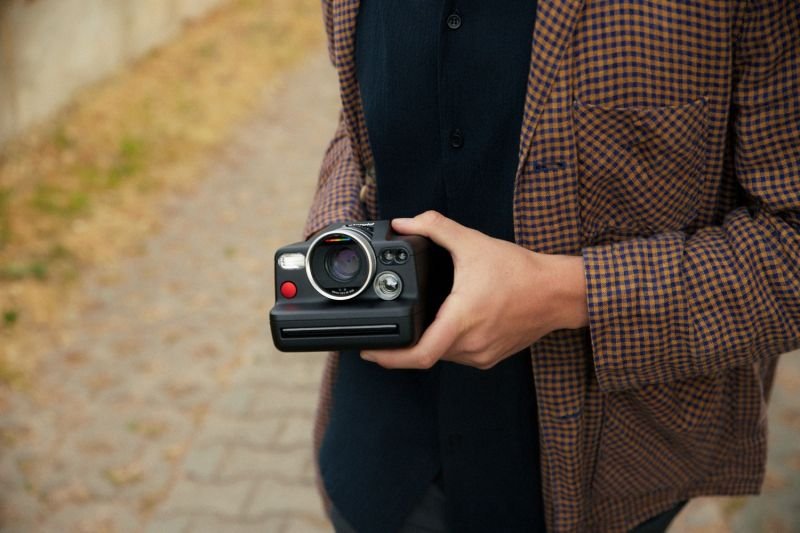
9. Complicated User Interface
The I-2 features numerous dials and switches, which, while appreciated for manual control, can also be cumbersome. The exposure compensation dial, in particular, is prone to accidental adjustments, potentially ruining shots if the user isn’t constantly vigilant.
10. Price
At $600, the Polaroid I-2 is one of the most expensive instant cameras on the market. While it offers advanced features like manual controls and a sharp lens, the combination of its drawbacks makes the high price tag difficult to justify. For many users, the performance and build quality do not meet the expectations set by such a significant investment.
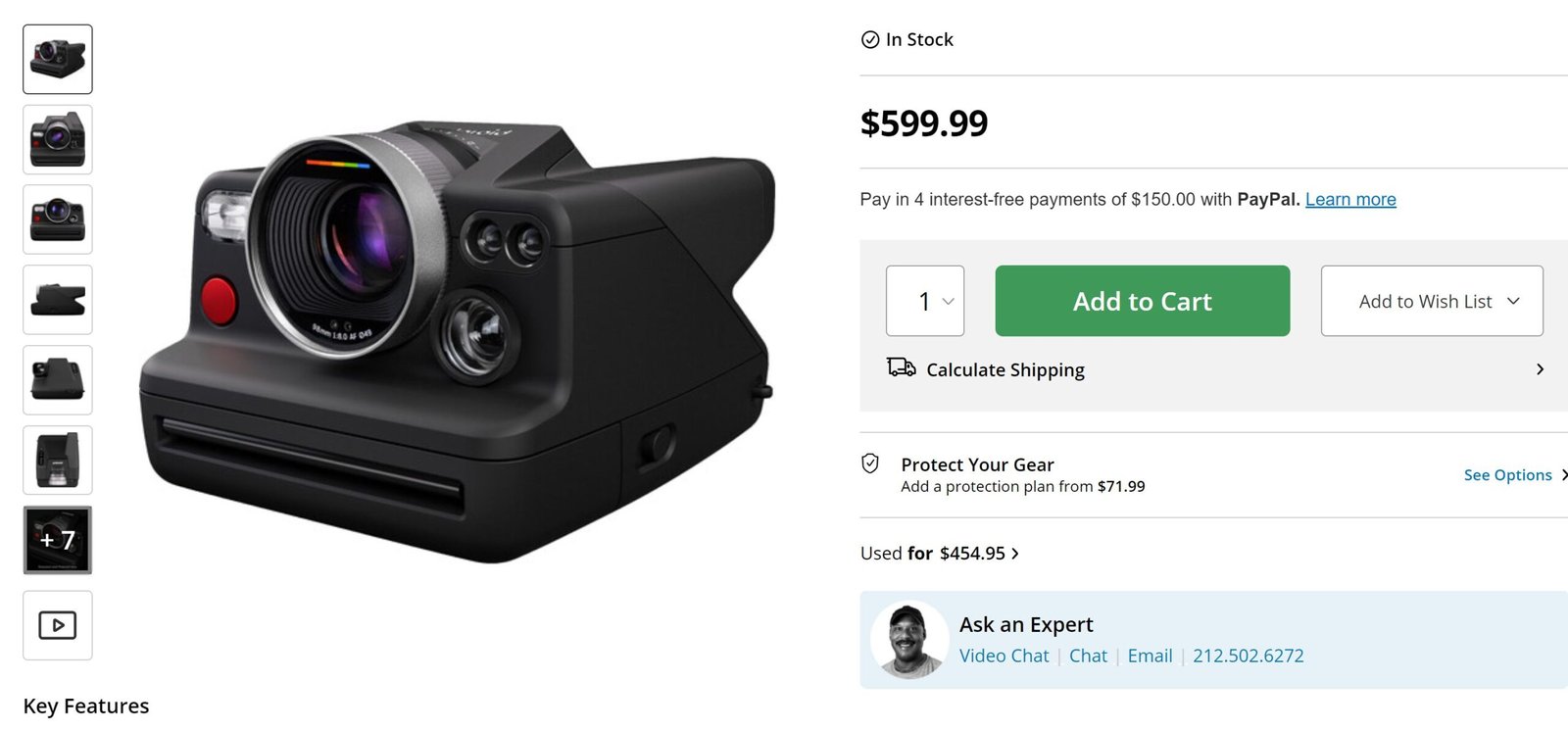
Conclusion
The Polaroid I-2 is a mixed bag. While it offers advanced features and the potential for high-quality instant photos, the myriad of issues—from screen visibility and jamming to inconsistent auto mode and plastic lens—make it a challenging camera to love. For $600, users expect reliability and ease of use, and the I-2 falls short in several critical areas.
Read this article for full camera review Is Polaroid I-2 The Best Instant Camera? My Review &Phots
Polaroid’s attempt to innovate is commendable, but the execution leaves much to be desired. Prospective buyers should weigh these disadvantages carefully against their needs and shooting style before investing in the I-2.
I do highly recommend to read an article about the Mini Evo! Way better alternative for you. Find out why this camera is a must-have by reading our review. But also, don’t miss out on learning about the amazing features of the Instax square6 – with cheaper film and squared photos like polaroid. Stay tuned for more details on this incredible camera! Get your hands on the best camera on the market at a fraction of the cost.
Frequently Asked Questions (FAQ)
Is the Polaroid I-2 worth the high cost?
The Polaroid I-2 is a high-end instant camera with advanced features, but its high cost may not be justified for everyone. If you’re an experienced photographer looking for manual controls and unique features, it might be worth the investment. However, for casual users or beginners, there are more affordable options available that offer similar functionality.
How does the Polaroid I-2 compare to Fujifilm Instax options?
Compared to Fujifilm Instax cameras, the Polaroid I-2 offers more advanced features and manual controls. However, it is also more expensive and less portable. Fujifilm Instax cameras, such as the Instax Mini 11, are more user-friendly, affordable, and portable, making them a better choice for beginners and casual users. If you’re looking to sell your film camera, here are some tips and advice to help you out.
What are the common image quality issues with the Polaroid I-2?
Common image quality issues with the Polaroid I-2 include overexposure, underexposure, blurry images, color inconsistencies, and vignetting. These issues can result from the camera’s automatic settings struggling to adapt to different lighting conditions and the limited aperture range. For tips on improving your photography skills, check out these simple habits to become a better film photographer.




Leave a Reply